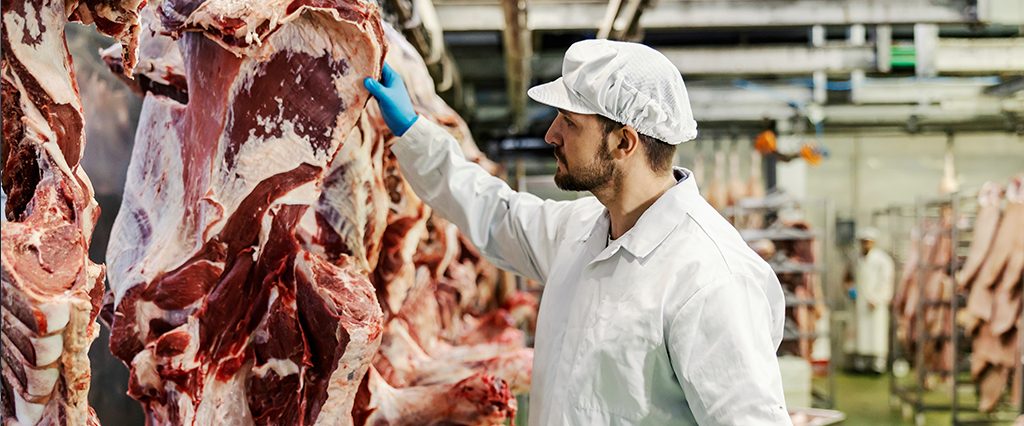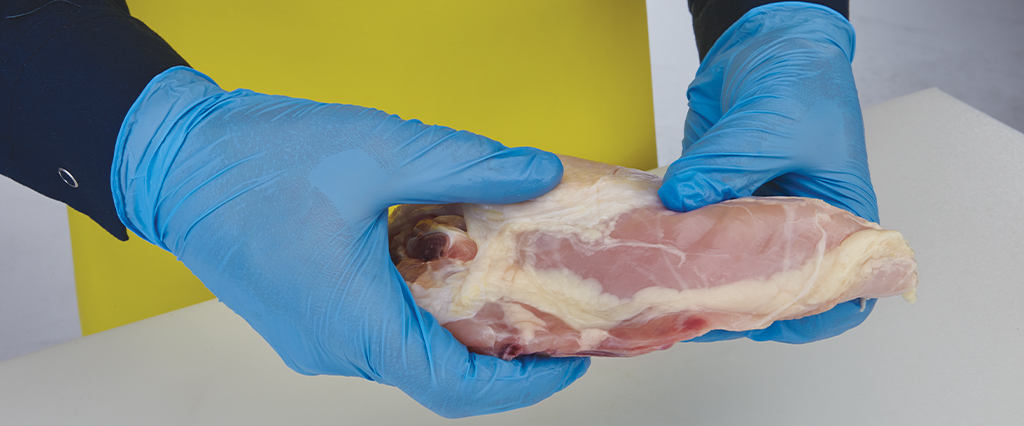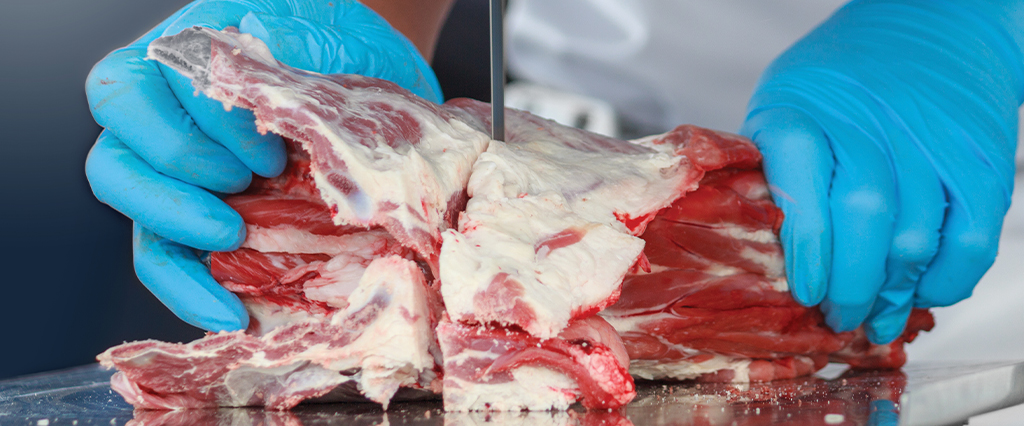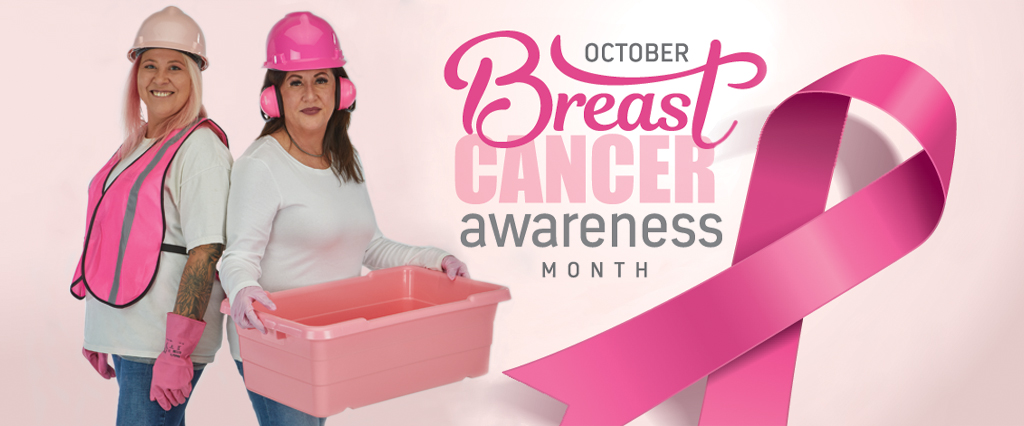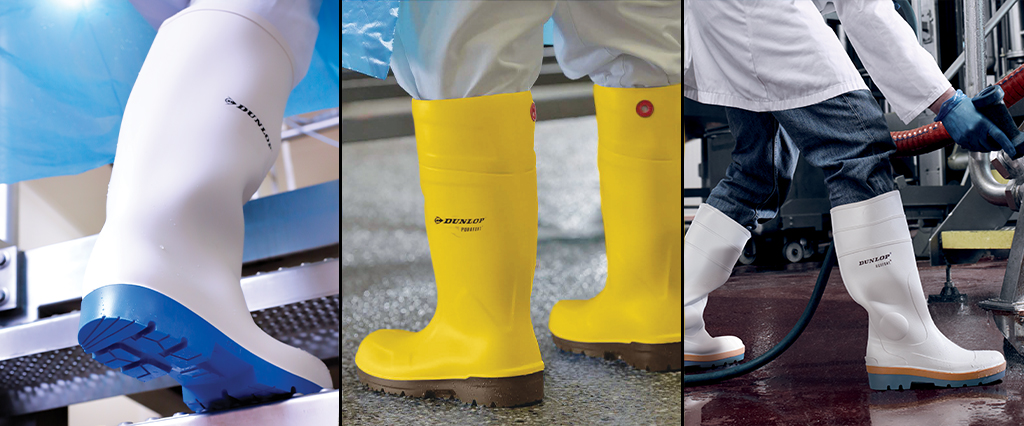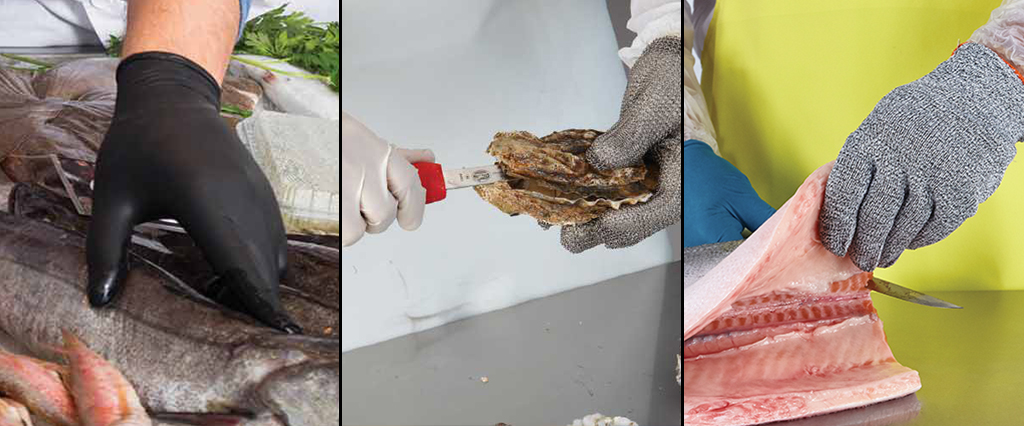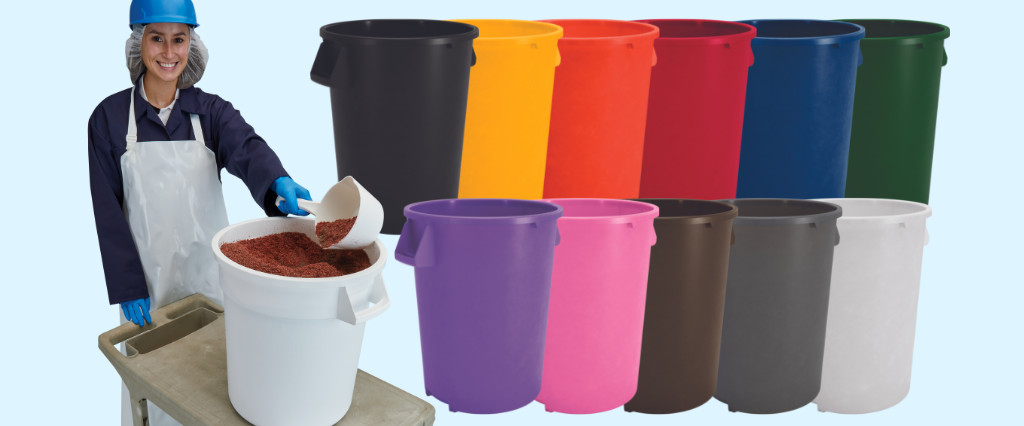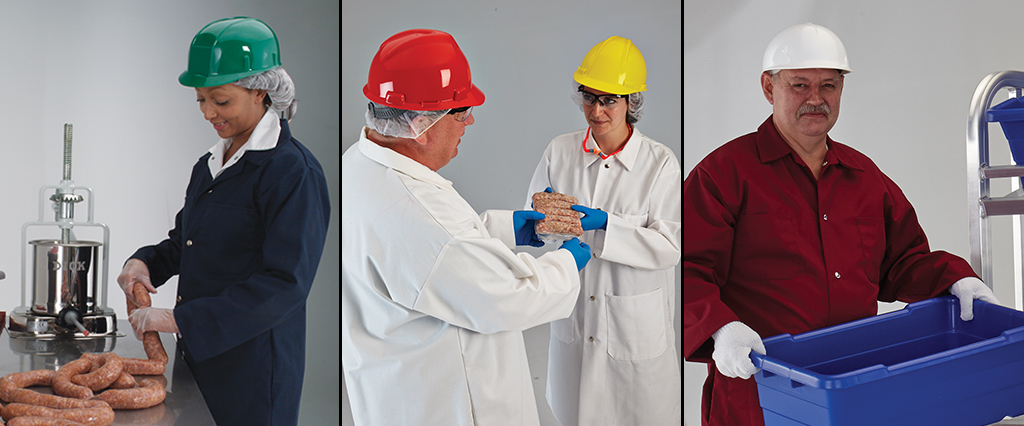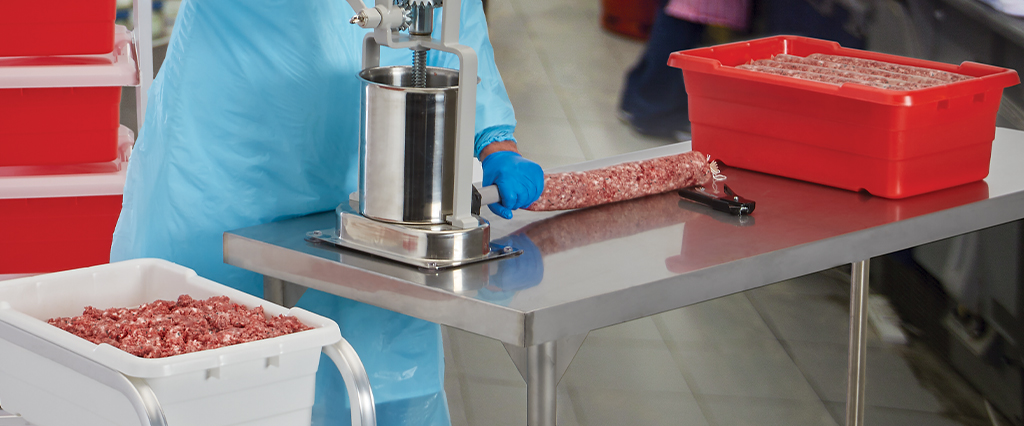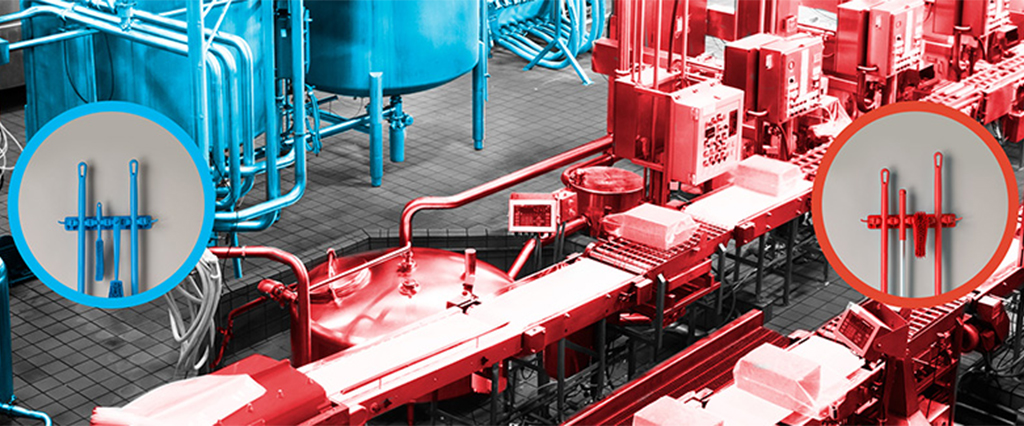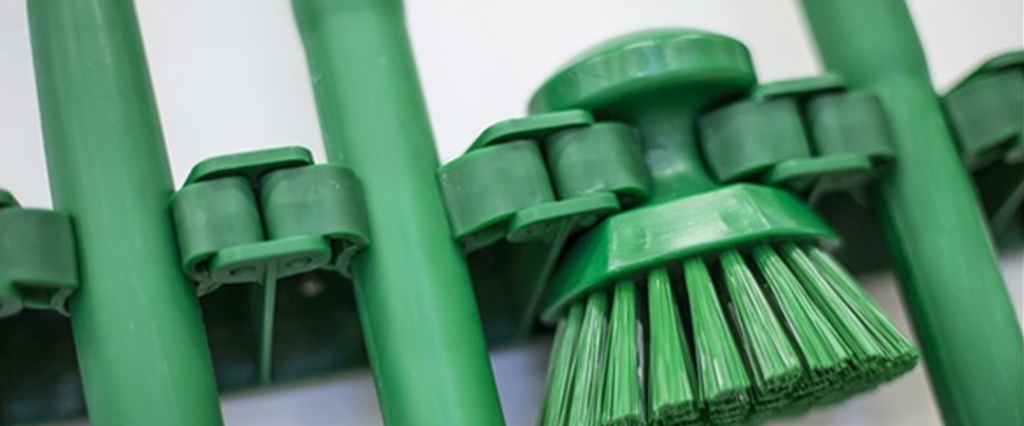
Types of Color-Coding for Enhanced Food Safety in your Facility
A color-coding program uses a system of colors to distinguish between different environments in a processing facility. This system allows for instant recognition of tools, clothing and other items necessary for a work area, and quickly identifies supplies from a foreign zone that could be potentially hazardous or contaminative. Color-coding is a simple system that is easily implemented and easy to follow while keeping your facility safe and organized.
Color-coding can be incorporated in a variety of ways. Here are a few of the most popular color-coding methods that can help reduce cross-contamination and contact hazards in your facility.
Color-Coding by Area
If your facility includes a variety of high-contact areas such as a processing area, warehouse, freezer, storage or common areas, it may be beneficial to develop a color-coding plan for each specific area. Each area can be assigned a designated color where only supplies of that color are permitted. This will help to avoid supplies and equipment crossing from one area to another and causing cross contamination.
Color-Coding by Zone
If your environment has a variety of complex and high-touch surfaces, it may be beneficial to establish a color-coding plan by zone. These zones can include food contact equipment, floors, walls and so on. This approach would prevent a brush that is coded to be used for scrubbing walls or floors from being used on a sensitive food handling area such as a countertop, where contact would seriously jeopardize the safety of the food product.
Color-Coding by State of Food
When dealing with direct food product, it may be beneficial to have color distinctions based on the condition that the food is currently in. For example, if you are dealing with chicken from various states including frozen, thawed/raw and fully cooked, it would be beneficial to have different colored totes when transporting and storing each to ensure that your cooked and fully safe chicken product isn’t exposed to the harmful bacteria in raw chicken that would compromise the product.
Color-Coding by Species
If your facility handles a variety of different animals, it would be beneficial to implement a color-coding system that would differentiate each species. There are no set industry standards for colors associated with species, so we recommend assigning classifications that are easy to remember. Products that encounter red meat, for example could be red in color, blue for seafood, yellow for chicken, and so on.
Benefits of Color-Coding Plans
Aside from promoting food safety and helping to avoid cross-contamination, there are several other benefits of developing a color-coding plan for your facility. These plans help to keep your facility organized and makes it easier to recognize if products are missing or damaged and in need of replacement. Color-coding is also easy to learn and implement, making it simple for new hires to pick up on, and overcomes language barriers if there are a variety of languages spoken at your facility.
If you would like more information on color-coding best practices, products and establishing a plan for your facility, give our specialists a call at 800-456-5624 or chat with us on our website. We look forward to helping you develop a simple and effective food safety program for your processing operations!







